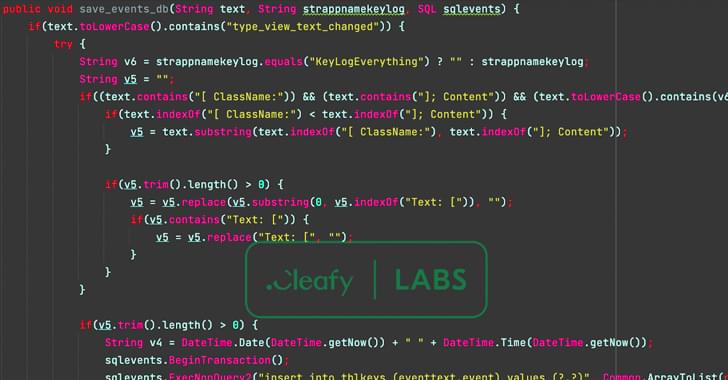Google engineer Blake Lemoine says the AI program called LaMDA is sentient and retained a lawyer for itself. Lemoine says LaMDA is a sentient person.


😲
Meta's just released another concept video showing off the metaverse's potential capabilities and, while your mind might immediately go to a place of “what a load of corpo bull,” t.
The world’s most-cited researcher in visual question-answering, Anton van den Hengel, is also Amazon’s director of applied science. Learn how his journey to computer vision started with law—and how his work is supporting Amazon’s business through the development and application of state-of-the-art computer vision and scalable machine learning.
#ComputerVision #CVPR2022
Amazon’s director of applied science in Adelaide, Australia, believes the economic value of computer vision has “gone through the roof”.
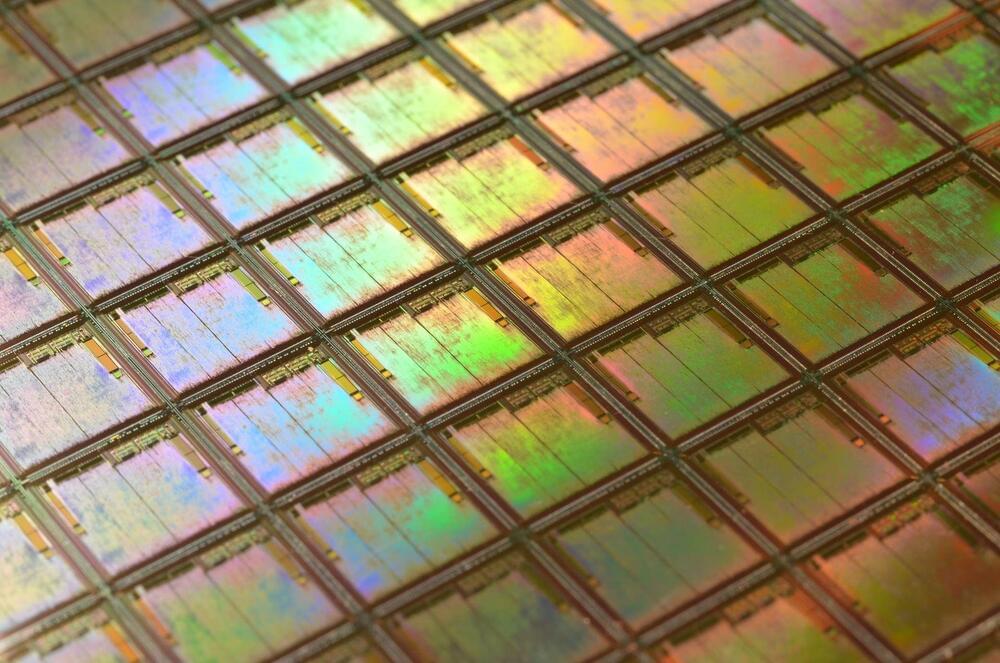
With a more sustainable world goal, MIT researchers have succeeded in developing a new LEGO-like AI chip. Imagine a world where cellphones, smartwatches, and other wearable technologies don’t have to be put away or discarded for a new model. Instead, they could be upgraded with the newest sensors and processors that would snap into a device’s internal chip – similar to how LEGO bricks can be incorporated into an existing structure. Such reconfigurable chips might keep devices current while lowering electronic waste. This is really important because green computing is the key to a sustainable future.
MIT engineers have developed a stackable, reprogrammable LEGO-like AI chip. The chip’s layers communicate thanks optically to alternating layers of sensing and processing components, as well as light-emitting diodes (LEDs). Other modular chip designs use conventional wiring to transmit signals between layers. Such intricate connections are difficult, if not impossible, to cut and rewire, making stackable configurations nonreconfigurable.
Rather than relying on physical wires, the MIT design uses light to transfer data across the AI chip. As a result, the chip’s layers may be swapped out or added upon, for example, to include extra sensors or more powerful processors.

If that reads a little like Shakespeare defending humans’ innate superiority over artificial intelligence hundreds of years ahead of his time, it’s not.
But it is something almost as far out: an AI system trained to express itself like the bard. The AI assimilated his style and perspective by ingesting his plays—educating itself to give an opinion on AI creativity in iambic pentameter.
“Shakespeare” was speaking as part of a debate held in the University of Oxford Union featuring AI versions of classic writers and literary characters.

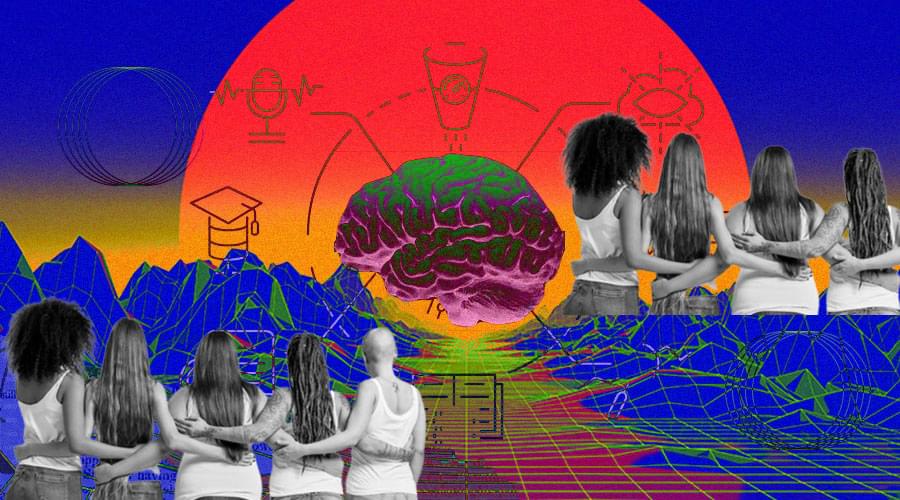
In forthcoming years, everyone will get to observe how beautifully Metaverse will evolve towards immersive experiences in hyperreal virtual environments filled with avatars that look and sound exactly like us. Neil Stephenson’s Snow Crash describes a vast world full of amusement parks, houses, entertainment complexes, and worlds within themselves all connected by a virtual street tens of thousands of miles long. For those who are still not familiar with the metaverse, it is a virtual world in which users can put on virtual reality goggles and navigate a stylized version of themselves, known as an avatar, via virtual workplaces, and entertainment venues, and other activities. The metaverse will be an immersive version of the internet with interactive features using different technologies such as virtual reality (VR), augmented reality (AR), 3D graphics, 5G, hologram, NFT, blockchain, haptic sensors, and artificial intelligence (AI). To scale personalized content experiences to billions of people, one potential answer is generative AI, the process of using AI algorithms on existing data to create new content.
In computing, procedural generation is a method of creating data algorithmically as opposed to manually, typically through a combination of human-generated assets and algorithms coupled with computer-generated randomness and processing power. In computer graphics, it is commonly used to create textures and 3D models.
The algorithmic difficulty is typically seen in Diablo-style RPGs and some roguelikes which use instancing of in-game entities to create randomized items. Less frequently it can be used to determine the relative difficulty of hand-designed content to be subsequently placed procedurally, as can be seen with the monster design in Unangband. For example, the designer can rapidly create content, but leaves it up to the game to determine how challenging that content is to overcome, and consequently where in the procedurally generated environment this content will appear. Notably, the Touhou series of bullet hell shooters use algorithmic difficulty. Though the users are only allowed to choose certain difficulty values, several community mods enable ramping the difficulty beyond the offered values.
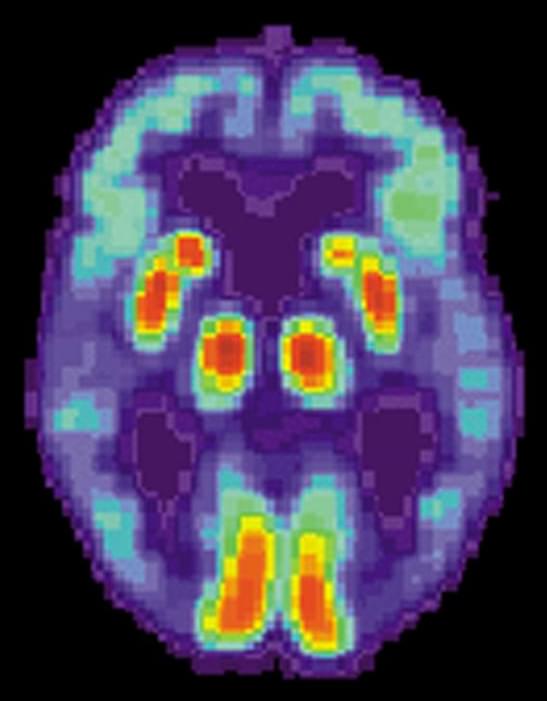
The research uses machine learning technology to look at structural features within the brain, including in regions not previously associated with Alzheimer’s. The advantage of the technique is its simplicity and the fact that it can identify the disease at an early stage when it can be very difficult to diagnose.
Although there is no cure for Alzheimer’s disease, getting a diagnosis quickly at an early stage helps patients. It allows them to access help and support, get treatment to manage their symptoms and plan for the future. Being able to accurately identify patients at an early stage of the disease will also help researchers to understand the brain changes that trigger the disease, and support development and trials of new treatments.
The research is published in the Nature Portfolio Journal, Communications Medicine.
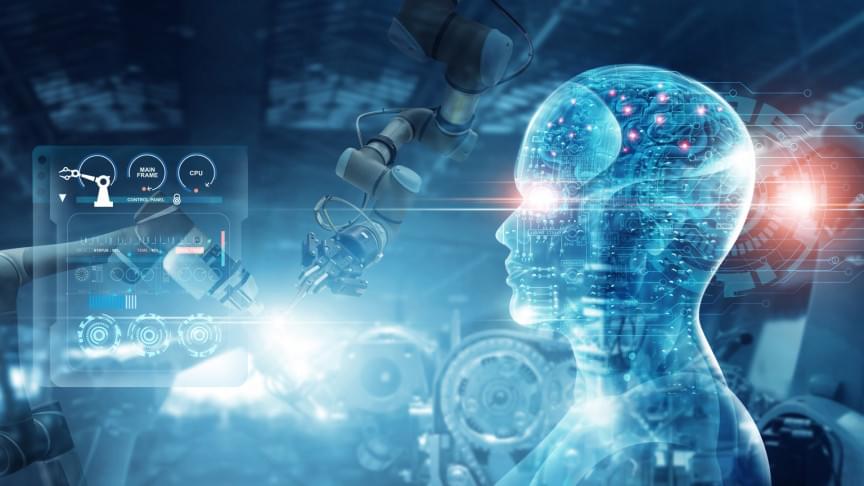
For years, physicists have been making major advances and breakthroughs in the field using their minds as their primary tools. But what if artificial intelligence could help with these discoveries?
Last month, researchers at Duke University demonstrated that incorporating known physics into machine learning algorithms could result in new levels of discoveries into material properties, according to a press release by the institution. They undertook a first-of-its-kind project where they constructed a machine-learning algorithm to deduce the properties of a class of engineered materials known as metamaterials and to determine how they interact with electromagnetic fields.
